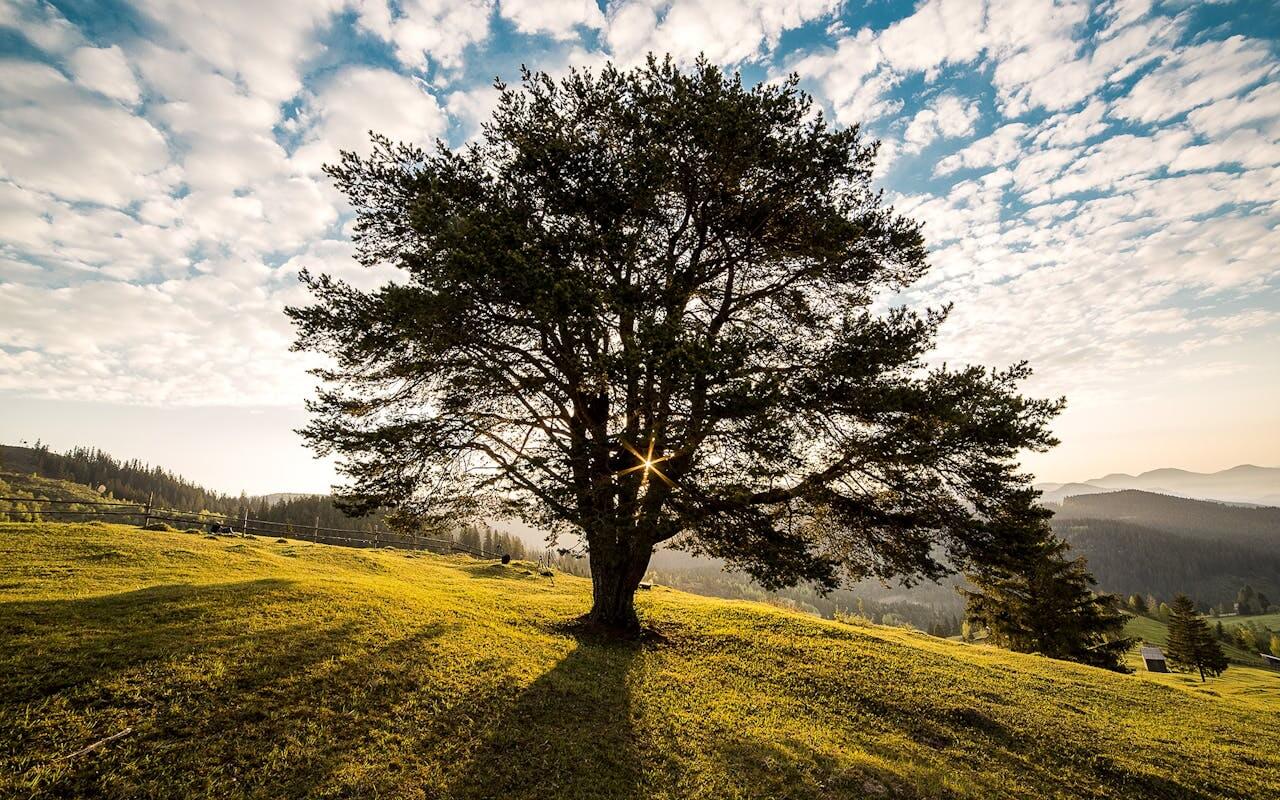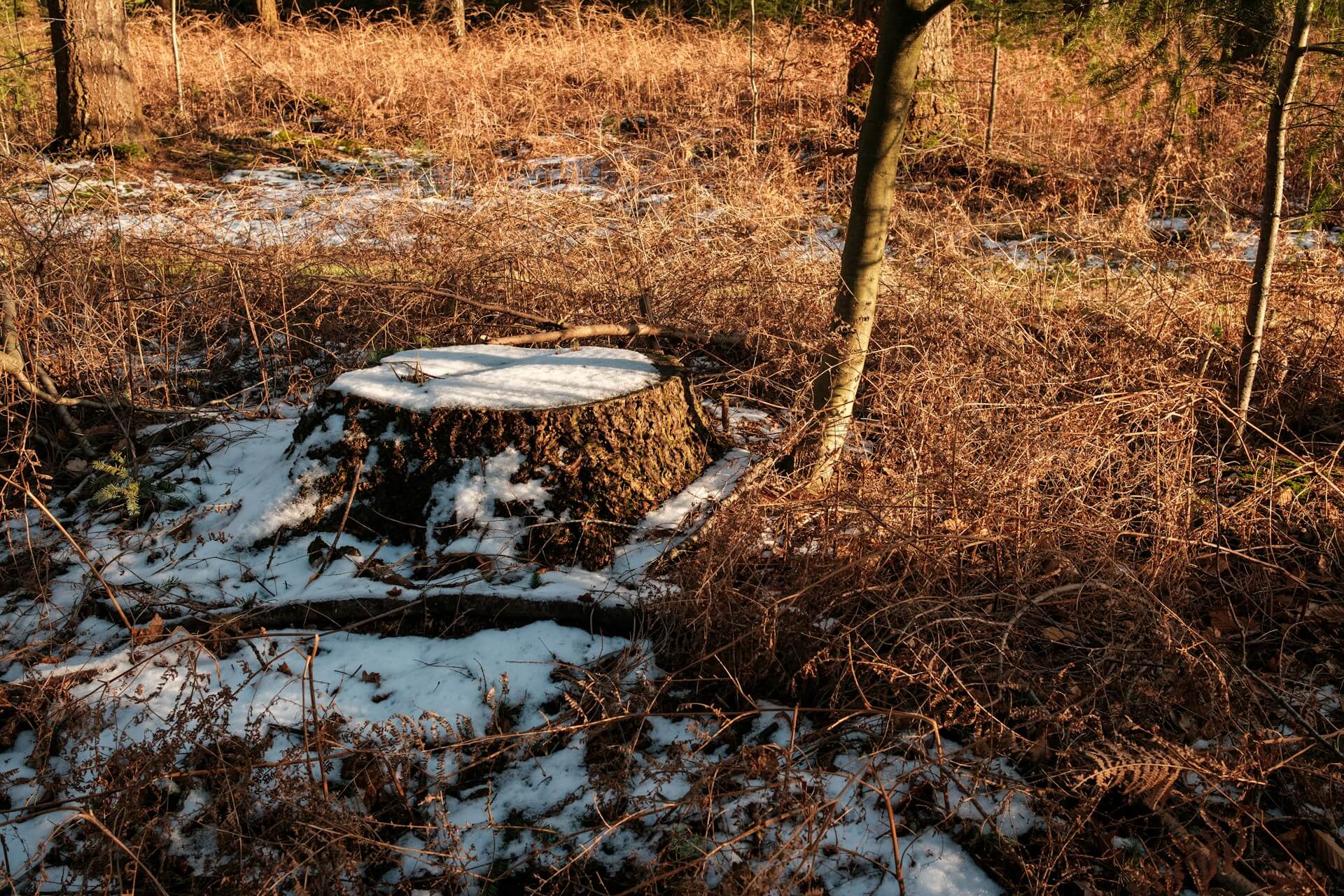Trees are a vital part of any landscape, offering beauty, shade, and environmental benefits. However, maintaining their health requires more than just occasional pruning or watering.
A tree that looks healthy on the surface could be suffering from disease, pest infestations, or internal decay. That’s where tree health assessments come into play.
At Tree Services Sunderland, we know that professional tree health assessments are essential for ensuring the long-term health and safety of your trees.
This guide will explain what a tree health assessment involves, why it’s important, the key signs that your tree may need an assessment, and how much this service typically costs in Sunderland.
What is a Tree Health Assessment?
A tree health assessment is a comprehensive evaluation conducted by a professional arborist to determine the overall health and condition of a tree. This assessment examines the tree from the roots to the canopy, looking for signs of disease, structural issues, and environmental stress.
The goal of a tree health assessment is to diagnose potential problems early and provide recommendations for treatment or preventive care. This can help ensure that your trees remain strong, healthy, and safe for many years.
What Does a Tree Health Assessment Include?
A typical tree health assessment involves the following steps:
- Visual Inspection: The arborist conducts a thorough visual examination of the tree, checking for signs of disease, pests, or physical damage. This includes inspecting the bark, leaves, branches, and roots.
- Structural Assessment: The arborist assesses the tree’s structural integrity by looking for cracks, splits, or other signs of weakness in the trunk and branches.
- Root and Soil Analysis: Healthy roots are essential for a thriving tree. The arborist will examine the root system for signs of decay, root rot, or damage and check the soil for proper drainage and nutrient levels.
- Pest and Disease Identification: The assessment includes checking for any insect infestations, fungal infections, or diseases that could compromise the tree’s health.
- Environmental Factors: The tree’s environment, including its proximity to buildings, roads, and other trees, is also considered. External stressors like soil compaction, pollution, or lack of sunlight can affect a tree’s health.
- Recommendations: Once the assessment is complete, the arborist will provide recommendations for treatment or ongoing care. This could include pruning, pest control, soil amendments, or in some cases, tree removal if the tree poses a safety risk.
Why Are Tree Health Assessments Important?
Regular tree health assessments are vital for both the health of your trees and the safety of your property. Here’s why these assessments are so important:
1. Early Detection of Issues
Trees can suffer from a range of health issues that may not be immediately visible. Fungal infections, pests, root problems, or decay inside the trunk can weaken a tree over time. A professional assessment can detect these issues early, allowing you to address them before they lead to more significant problems, such as tree failure or death.
2. Preventing Hazards
A tree that is diseased, decaying, or structurally unstable can pose a serious risk to people and property. Large branches could break off during a storm, or the entire tree could collapse unexpectedly. Regular health assessments identify these risks and allow you to take action to prevent accidents and damage.
3. Maintaining Tree Health
Just as regular health check-ups are important for humans, trees also benefit from ongoing monitoring. A tree health assessment helps you track your tree’s condition over time, ensuring that it receives the proper care and nutrients it needs to thrive.
4. Legal Compliance
In some cases, particularly for trees protected by Tree Preservation Orders (TPOs), it’s essential to maintain a tree’s health to comply with local regulations. A health assessment ensures that you’re meeting your legal obligations regarding the care of protected trees.
5. Increasing Property Value
Healthy, well-maintained trees can significantly enhance the value and appeal of your property. Regular tree health assessments help preserve the aesthetic and environmental benefits that trees provide, ensuring your landscape remains attractive and vibrant.
Signs Your Tree Needs a Health Assessment
While regular assessments are recommended for all trees, there are certain signs that indicate an immediate need for a professional health check:
1. Discoloured or Wilted Leaves
Leaves that are discoloured, wilting, or falling off outside of the usual seasonal shedding could be a sign of disease or environmental stress. Yellowing leaves, brown edges, or premature leaf drop may indicate issues with the tree’s root system or nutrient absorption.
2. Fungal Growth or Mushrooms
Fungal growth, especially at the base of the tree or around the roots, is a clear sign of decay or internal rot. Mushrooms or conks growing on or around a tree often indicate that the wood is decaying from the inside, which can severely weaken the tree’s structure.
3. Cracks or Splits in the Trunk
Cracks or splits in the trunk can indicate that the tree is under stress or suffering from internal damage. This could be due to disease, root issues, or physical damage. If left untreated, these cracks could lead to the tree becoming unstable.
4. Dead or Broken Branches
Dead or broken branches (known as deadwood) can pose a serious hazard, as they are more likely to fall without warning. Deadwood is also a sign that the tree is struggling with disease or environmental stress.
5. Leaning Trees
A tree that is leaning significantly, especially if it has started to lean recently, could have root problems or structural issues. A leaning tree may be at risk of falling, especially during high winds or storms.
6. Pest Infestations
Pests such as beetles, aphids, and caterpillars can cause extensive damage to trees. Visible insect activity, boreholes in the bark, or excessive sap excretion can all be signs of an infestation that requires immediate attention.
How Often Should You Get a Tree Health Assessment?
The frequency of tree health assessments depends on the type of tree, its age, and the environment it’s growing in. However, a good rule of thumb is to have an assessment conducted at least once every three years for healthy trees. Trees that are older, have suffered storm damage, or are showing signs of stress should be assessed more frequently, ideally once a year.
The Tree Health Assessment Process
Here’s what you can expect when you hire a professional tree surgeon or arborist for a tree health assessment:
1. Initial Consultation
The process begins with an initial consultation, where the arborist will visit your property to assess the tree and discuss any concerns you have. This is also a chance for the arborist to understand the tree’s history and any environmental factors that could be affecting its health.
2. Visual and Structural Inspection
The arborist will then conduct a thorough visual inspection of the tree, examining its bark, leaves, branches, and root system. They will also assess the tree’s structural integrity, checking for signs of weakness, cracks, or damage.
3. Root and Soil Analysis
Healthy roots are vital for tree survival. The arborist will examine the soil around the tree’s base, checking for signs of compaction, poor drainage, or root damage. If necessary, soil testing may be conducted to determine nutrient levels and pH balance.
4. Pest and Disease Identification
The arborist will look for any signs of pests or diseases, including insect damage, fungal growth, or unusual leaf patterns. If any issues are identified, they will recommend appropriate treatments, such as insecticides, fungicides, or pruning.
5. Recommendations and Report
Once the assessment is complete, the arborist will provide a detailed report outlining their findings and recommendations. This could include a range of treatments, from soil amendments and fertilisation to pruning or disease control. In severe cases, tree removal may be recommended if the tree poses a risk to safety.
Cost of Tree Health Assessments in Sunderland
The cost of a tree health assessment in Sunderland can vary based on the size of the tree, the complexity of the assessment, and the number of trees being assessed. Here’s a general breakdown of tree health assessment costs:
- Standard Tree Health Assessment: For a single tree, the cost of a basic health assessment typically ranges from £50 to £150. This includes a visual inspection, structural evaluation, and recommendations for treatment or care.
- Multiple Tree Assessments: If you have multiple trees on your property, the cost per tree may decrease slightly. Assessments for several trees often range from £150 to £300 for a group.
- Additional Services: If the arborist recommends additional services, such as pruning, pest control, or soil treatment, these will be quoted separately based on the specific work required.
Why Hire a Professional for Tree Health Assessments?
Tree health assessments require specialised knowledge and expertise. A trained arborist can accurately diagnose problems that might not be immediately visible and recommend treatments that will preserve the tree’s health. Here are some reasons to hire a professional for your tree health assessments:
- Expert Diagnosis: Arborists have the training and experience to detect signs of disease, decay, or structural damage that may not be obvious to the untrained eye.
- Safety: Assessing large or potentially hazardous trees requires specialised equipment and techniques. Professionals know how to safely inspect trees without putting themselves or your property at risk.
- Proper Treatment: Once an issue is identified, an arborist can recommend the right course of action, whether it’s fertilisation, pest control, or pruning, to address the problem effectively.
Conclusion: Keep Your Trees Healthy with Professional Assessments
Regular tree health assessments are essential for ensuring the longevity, beauty, and safety of your trees. By detecting potential issues early, you can prevent serious problems such as disease, decay, and structural failure, which could put your property and people at risk.
Whether you’re concerned about the health of a single tree or looking to maintain a large group of trees, professional assessments offer peace of mind and expert guidance.
If you’re in Sunderland and in need of a tree health assessment, contact us today. Our team of experienced arborists is ready to provide a thorough inspection, diagnosis, and tailored recommendations to keep your trees healthy and thriving for years to come.
Get A Quick Quote
Please provide your contact details here, and we’ll get back to you shortly with a personalised quote.



